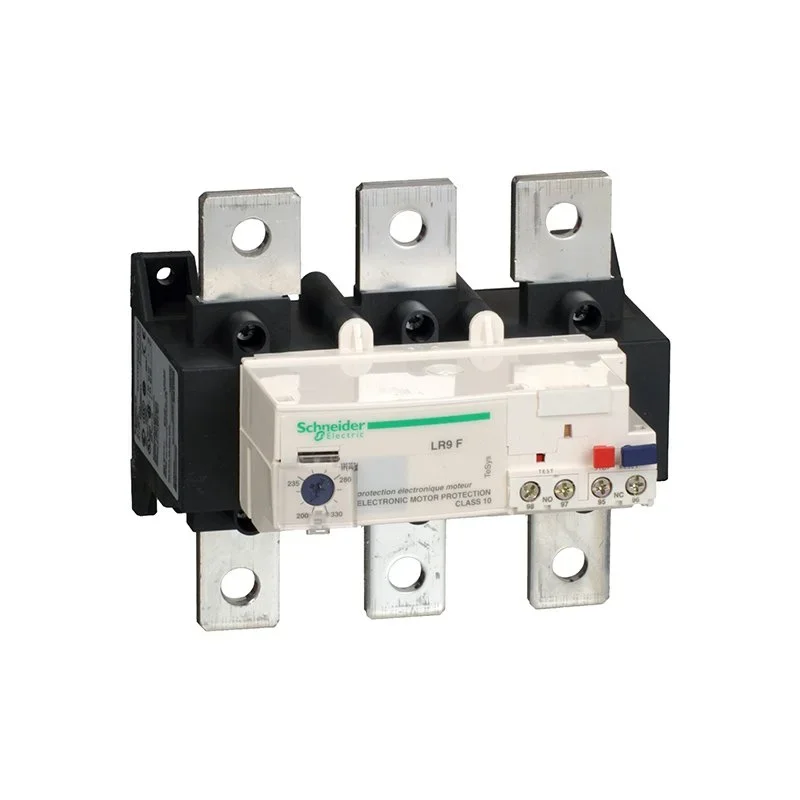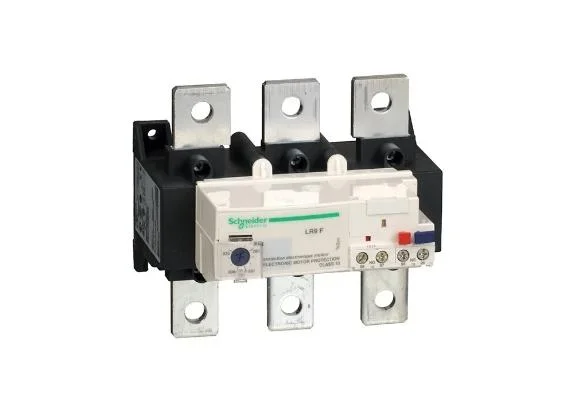Electronic thermal overload relays play a crucial role in preventing equipment damage by monitoring and protecting electrical systems from overheating. This article will explore the significance of these relays in safeguarding equipment, their functioning, and the benefits they offer.
Understanding Electronic Thermal Overload Relays
Definition and Purpose:
Electronic thermal overload relays are protective devices used in electrical systems to prevent equipment damage caused by excessive heat. They are designed to monitor the temperature of electrical components and interrupt the power supply when the temperature exceeds safe limits.
Components and Working Principle:
Electronic thermal overload relays consist of a temperature sensor, a control circuit, and a switching mechanism. The temperature sensor continuously measures the temperature of the electrical component. The control circuit compares the measured temperature with the pre-set threshold value. If the temperature exceeds the threshold, the control circuit triggers the switching mechanism, which interrupts the power supply to the equipment.

Importance of Electronic Thermal Overload Relays
Preventing Equipment Damage:
The primary role of electronic thermal overload relays is to prevent equipment damage. By monitoring the temperature of electrical components, these relays ensure that the equipment operates within safe temperature limits. If the temperature exceeds the threshold, the relay interrupts the power supply, preventing overheating and potential damage.
Enhancing Equipment Lifespan:
Overheating is a major cause of equipment failure. By preventing excessive heat, electronic thermal overload relays significantly enhance the lifespan of electrical equipment. This not only reduces the frequency of equipment replacement but also minimizes downtime and maintenance costs.
Ensuring Safety:
Overheating can lead to electrical fires, posing a significant safety risk. Electronic thermal overload relays play a crucial role in preventing such incidents by interrupting the power supply when the temperature exceeds safe limits. This ensures the safety of both the equipment and the personnel working in the vicinity.

Benefits of Electronic Thermal Overload Relays
Accuracy and Sensitivity:
Electronic thermal overload relays offer high accuracy and sensitivity in temperature monitoring. They can detect even slight temperature variations, ensuring timely protection against overheating.
Flexibility and Adaptability:
These relays can be easily integrated into various electrical systems, making them highly flexible and adaptable. They can be adjusted to different temperature thresholds, allowing customization based on specific equipment requirements.
Remote Monitoring and Control:
Many electronic thermal overload relays offer remote monitoring and control capabilities. This allows operators to monitor the temperature of electrical components from a central control room, enabling proactive maintenance and preventing potential equipment damage.

Conclusion
Electronic thermal overload relays play a vital role in preventing equipment damage by monitoring and protecting electrical systems from overheating. Their accurate temperature monitoring, flexibility, and adaptability make them an essential component in ensuring the safety and longevity of electrical equipment. By investing in electronic thermal overload relays, organizations can minimize equipment failure, reduce downtime, and enhance overall operational efficiency.
Enhancing Electrical System Safety with Electronic Thermal Overload Relays







